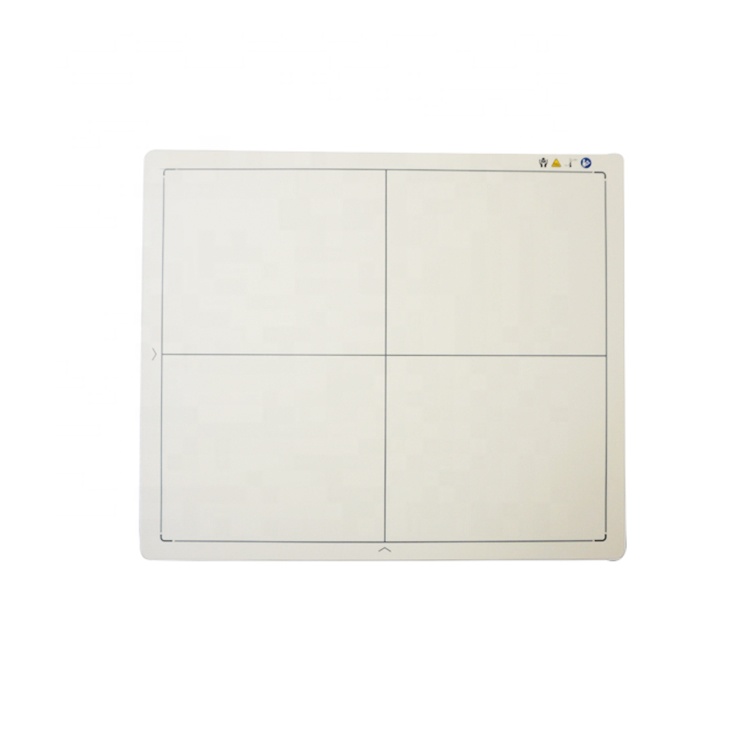With the maturity of flat panel detector technology, the application of DR becomes more and more extensive. Most large and medium-sized hospitals are equipped with DR digital photography systems, which have replaced the screen photography systems that have been in use for many years.
At present, flat panel detectors can generally be divided into indirect (cesium iodide/amorphous silicon) flat panel detectors and direct (amorphous selenium) flat panel detectors.
Flat panel detectors have unique requirements for ambient temperature due to their special structure. Different types of flat panel detectors have different requirements for temperature. It is required that the flat panel detector is always energized under normal conditions, and the computer temperature control system is used to maintain the best working temperature. Generally, the normal temperature allowed by the amorphous selenium flat panel detector is 10°C~35°C. If the temperature is lower than 10°C, the amorphous selenium of the flat-panel detector may freeze and crystallize, resulting in dead pixels in the exposed area, affecting image quality, and even damaging the flat-panel detector. If the temperature is too high, the information will be read incorrectly, causing artifacts and affecting image quality. Over time, the image quality will damage the flat panel detector.
Generally, flat panel detectors should be calibrated after 2-3 months of use. In special circumstances, such as: ①The entire system (including the flat panel detector) is suddenly powered off; ②The ambient temperature exceeds the specified range, causing the flat panel detector to fail to work or pixel defects; ③The flat panel detector itself may cause image artifacts, etc. . The flat panel detector must be calibrated at any time.

Author:Lillian
Tel:+86 18953679166
Email:service@newheek.com
Company:Weifang Newheek Electronic Tech Co., Ltd.